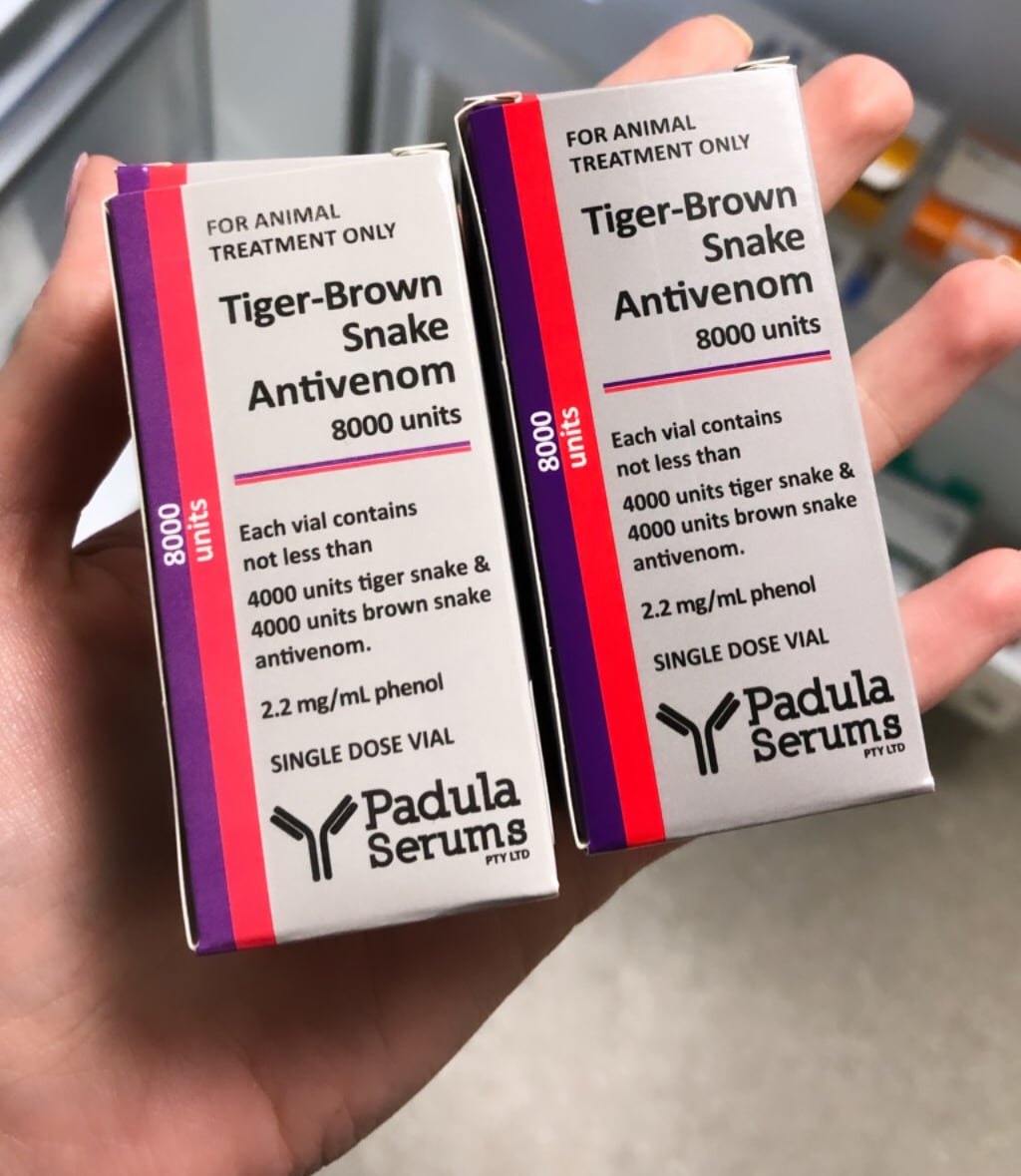When it comes to an animal’s safety, one of the most common worries is the potential for a snake bite. While it is true that venomous snakes are a threat to many animals, including humans, it is possible for dogs to survive a snake bite without treatment. This blog post will explore the various ways dogs can survive a snake bite and the potential risks associated with not seeking immediate medical treatment. Although dogs are naturally curious and may explore places where they can come into contact with snakes, they can also be equipped with the knowledge and skills to protect themselves in the event of a snake attack. In addition to understanding the physical dangers of a snake bite, owners should also be aware of the potential psychological effects of a snake attack on their pet. Ultimately, understanding how to prevent snake bites and how to respond if a snake bite does occur is key to ensuring a pet’s safety.
How are dogs treated for rattlesnake bites?
The veterinarian will give your dog an injection of antivenom to ensure their survival following a rattlesnake bite. Other medications can include anticonvulsants, antihistamines, pain relief, and anti-inflammatories.
Your dog might also get oxygen support, corticosteroids, IV fluids, and antibiotics for more severe bites to stop infections, tissue damage, and shock-related symptoms.

Can dogs survive rattlesnake bites without treatment?
Some dogs can survive rattlesnakes without treatment, but it’s rare and will depend on many different factors. Rattlesnakes, and the Eastern Diamondback in particular, are the most venomous snakes in the United States, so prognosis without treatment is usually very dire for a dog.
Most veterinarians concur that a dog’s likelihood of surviving a rattlesnake bite will depend on a number of factors, including:
The bottom line is that your dog may even pass away from a rattlesnake bite if you don’t get them treated right away. This is especially true for smaller dogs because they won’t be able to handle the venom as well as a bigger dog can.
Online estimates state that a dog’s chances of surviving a rattlesnake bite range from 80% to 95%. Without treatment, statistics show that rattlesnake bite dog survival rates are much lower. However, because owners frequently choose not to report the bite to a veterinary clinic, there are no data on survival rates without treatment.
As you might expect, if a dog receives prompt medical attention and the type of bite is as severe as possible, its chances of surviving a rattlesnake bite are significantly increased.
Some dogs will require more time to recover than others, and this is frequently correlated with the size, age, and health of the dog. Recovery depends on how badly internal organ tissue was damaged by the rattlesnake bite, which is the main determining factor.
By being aware of some information regarding rattlesnake behavior, you can increase the likelihood that your dog won’t be bitten in the first place. For example:
The time lapsed between the snake bite and when anti-venom is administered
Animal Emergency Service treats thousands of snake bites per year. It is well known that the survival rate decreases the longer it takes from being bitten to receiving anti-venom. This is because the anti-venom targets unbound toxins in the bloodstream. The longer the time period, the more of the toxin is already bound to the nerves, indicating that the patient’s clinical condition will be more advanced. Our emergency vets can provide first-hand accounts of patients who have survived snake bites despite the odds. However, patients who arrive at the hospital earlier frequently experience shorter hospital stays and higher rates of survival.
 Pictured: snake anti-venom from Padula Serums, the most effective on the market today
Pictured: snake anti-venom from Padula Serums, the most effective on the market today
FAQ
How do you treat a snake bite on a dog at home?
If you notice a bite, wash the area with water to wash away some of the venom. To prevent the spread of venom, keep the wound below the heart and keep your pet as still as you can. Call the veterinary clinic for instructions on how to perform CPR if your pet isn’t breathing. Keep calm.
How do I know if my dog has a snake bite?
Some symptoms and warning signs to watch out for include feeling genuinely ill or vomiting, tremors in the muscles that are noticeable, lack of energy or lethargy, paralysis, and irregular bleeding. Although it can also be a common symptom of other medical conditions, paralysis is a common sign of a snake bite.
Can dogs recover from a snake bite?
Prior to anything else, call your veterinarian right away to inform them of what happened and to let them know you’re on your way. Depending on the location of the bite(s) and the dog’s individual susceptibility to the venom, most animals survive snakebites if treated right away.
How does a dog react to a snake bite?
Symptoms of a non-venomous snake bite Usually, there will be bruising and swelling where the bite was. It’s possible to see two puncture wounds made by the fangs. The bite site is normally very painful. Avoid touching or probing the bite wound because your dog might painfully react.
